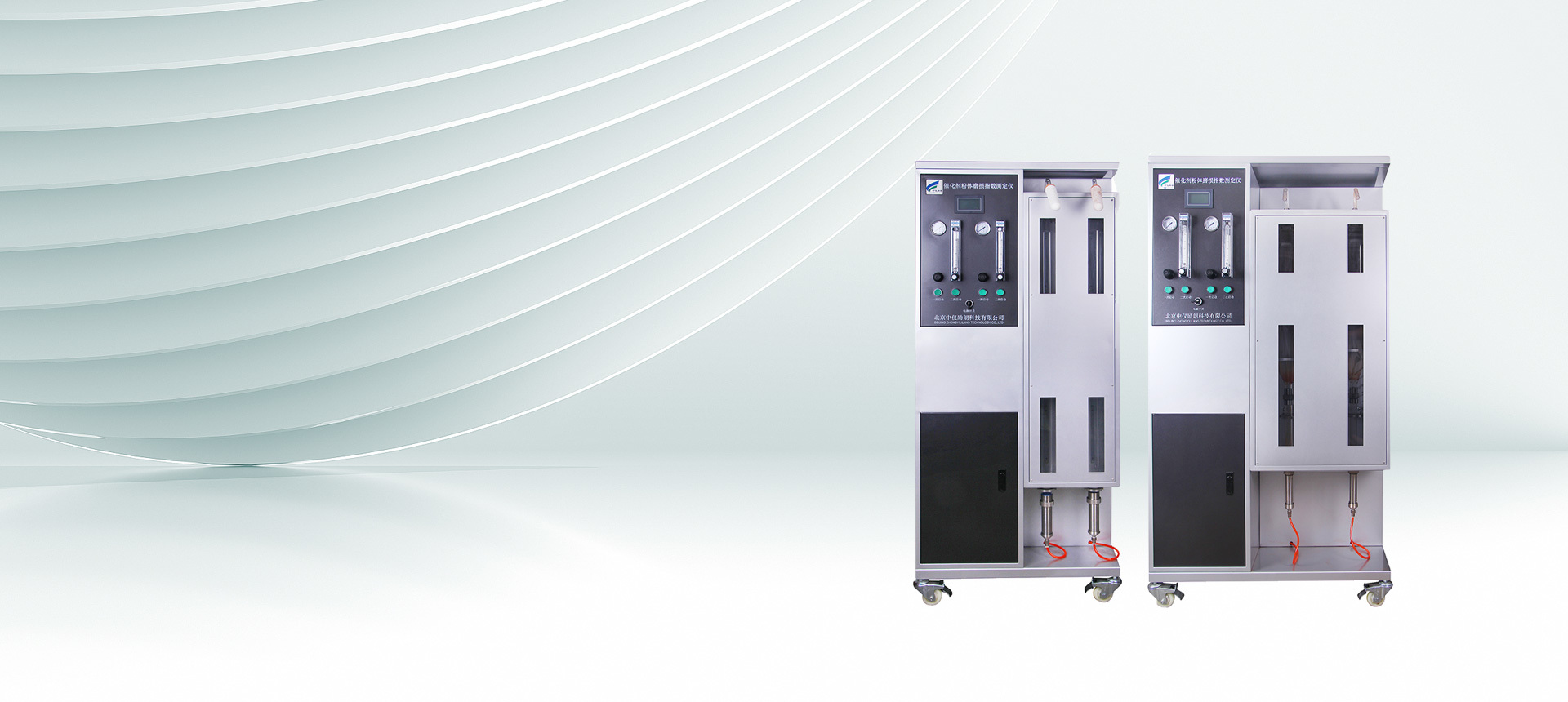Understanding Laboratory Muffle Furnaces: Essential Tools for Precision Heating
Aug 12,2025

Laboratory muffle furnaces are essential heating devices widely utilized in scientific research, materials testing, and industrial processes. These furnaces provide precise temperature control and uniform heating, making them indispensable for various applications, including the ashing of samples, sintering materials, and conducting experiments that require high-temperature environments.
The primary function of a laboratory muffle furnace is to achieve consistent and reliable heating up to high temperatures, typically ranging from 1000°C to 1200°C. This high-temperature capability allows researchers and technicians to perform complex thermal analysis, such as thermal gravimetric analysis (TGA) and differential thermal analysis (DTA). The design of muffle furnaces typically includes an insulated chamber that minimizes heat loss, ensuring energy efficiency and the safety of the users.
One of the key advantages of using a laboratory muffle furnace is its ability to provide a controlled atmosphere. Many models allow users to adjust the internal environment, accommodating processes that require specific gas conditions. This feature is particularly crucial for experiments involving reactive materials or processes sensitive to oxidation or contamination.
In addition to their versatility, muffle furnaces are designed with user safety in mind. They are equipped with temperature control systems, safety shut-off features, and thermal insulation to prevent accidental burns and overheating. When operated correctly, muffle furnaces can offer years of reliable service, making them a valuable investment for laboratories and production facilities alike.
To maximize the efficiency and lifespan of a laboratory muffle furnace, it is essential to follow best practices. Regular maintenance, calibration of the temperature control system, and proper loading techniques will enhance performance and ensure accurate results. Users should also familiarize themselves with the manufacturer's guidelines to prevent common operational issues.
In conclusion, laboratory muffle furnaces are crucial instruments that play a significant role in many scientific and industrial applications. Their ability to deliver precise high-temperature heating and controlled environments makes them essential for researchers and technicians. By understanding their features, benefits, and maintenance requirements, users can harness the full potential of these powerful tools, ultimately advancing their work in various fields of study.
The primary function of a laboratory muffle furnace is to achieve consistent and reliable heating up to high temperatures, typically ranging from 1000°C to 1200°C. This high-temperature capability allows researchers and technicians to perform complex thermal analysis, such as thermal gravimetric analysis (TGA) and differential thermal analysis (DTA). The design of muffle furnaces typically includes an insulated chamber that minimizes heat loss, ensuring energy efficiency and the safety of the users.
One of the key advantages of using a laboratory muffle furnace is its ability to provide a controlled atmosphere. Many models allow users to adjust the internal environment, accommodating processes that require specific gas conditions. This feature is particularly crucial for experiments involving reactive materials or processes sensitive to oxidation or contamination.
In addition to their versatility, muffle furnaces are designed with user safety in mind. They are equipped with temperature control systems, safety shut-off features, and thermal insulation to prevent accidental burns and overheating. When operated correctly, muffle furnaces can offer years of reliable service, making them a valuable investment for laboratories and production facilities alike.
To maximize the efficiency and lifespan of a laboratory muffle furnace, it is essential to follow best practices. Regular maintenance, calibration of the temperature control system, and proper loading techniques will enhance performance and ensure accurate results. Users should also familiarize themselves with the manufacturer's guidelines to prevent common operational issues.
In conclusion, laboratory muffle furnaces are crucial instruments that play a significant role in many scientific and industrial applications. Their ability to deliver precise high-temperature heating and controlled environments makes them essential for researchers and technicians. By understanding their features, benefits, and maintenance requirements, users can harness the full potential of these powerful tools, ultimately advancing their work in various fields of study.
PREVIOUS:
Contact Us








